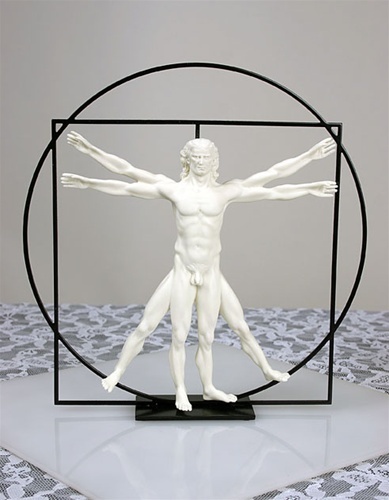Consistent Characterisation, Part I: We Know Who You Are
 I harp a lot on internal consistency as a key part of worldbuilding, particularly in speculative fiction, where we're asking readers to accept things like secret government-approved alien invasions or faster-than-light travel or evil unicorns or secret wizard schools. If these things obey their own set of rules and logic, we are willing to accept the impossible as a part of that setting, and sit back and enjoy the story. But equally important is applying that same internal logic and consistency to character development.
I harp a lot on internal consistency as a key part of worldbuilding, particularly in speculative fiction, where we're asking readers to accept things like secret government-approved alien invasions or faster-than-light travel or evil unicorns or secret wizard schools. If these things obey their own set of rules and logic, we are willing to accept the impossible as a part of that setting, and sit back and enjoy the story. But equally important is applying that same internal logic and consistency to character development.In real life, barring brain damage, neurological illness, or severe psychological trauma, the basic characteristics of our personalities are essentially permanent by about the age of three. Some traits are set while we're still fetuses. Although we can change how we manage our outward presentation, underlying personality traits-- such as someones's level of introversion or extroversion-- won't change. This needs to be true of your characters as well if they're to present as believable. For example, if a character is the melodramatic type who treats their every life event as Serious Business, it snaps the reader out of the story to see an unexplained episode of nonchalance or stoicism from the character (looking at you, Walter Scott!).
Of course, a character may hold forth a persona which does not reflect their true personality. However, since we can be in the character's head, we know this is a front, and can see their real self accordingly. Furthermore, we know the circumstances which caused them to create this self-presentation, and can see the interaction between those conditions and the character's true colours. Again, the key here is to build a consistent, coherent set of personality traits for the character which underpin their actions even if those traits aren't always on display.
Published on April 29, 2013 01:23
No comments have been added yet.



